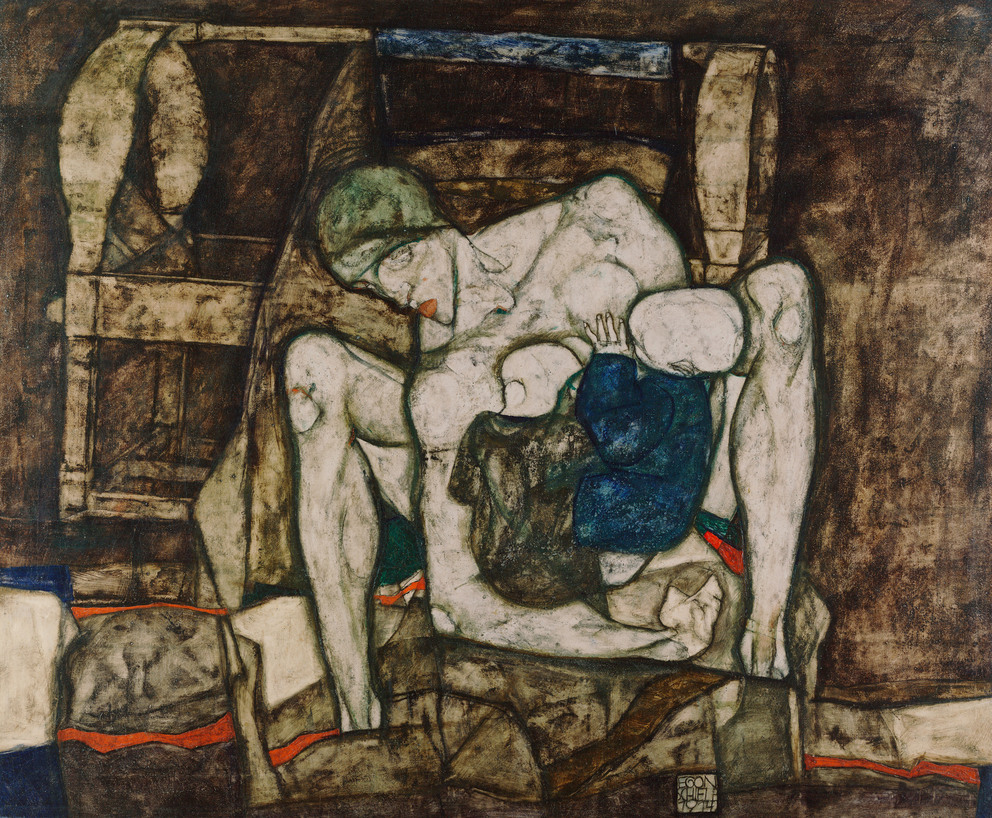
Leopold Museum,
Vienna
Vienna


Blind Mother
1914
(Tulln 1890–1918 Vienna)
If you have further information on this object, please contact us.
Adolf Neufeld, Wien (vor 1920); (1)
Neue Galerie, Wien (vor 1930); (2)
Wolfgang Gurlitt, Bad Aussee und München (vor 1949); (3)
Dr. Rudolf Leopold, Wien (1952-1994); (4)
Leopold Museum-Privatstiftung, Wien (1994).
For provenance related information, please contact us.
2023/2024 Partial funding for digitization by the Federal Ministry for Arts, Culture, the Civil Service and Sport „Kulturerbe digital“ as part of NextGenerationEU.

